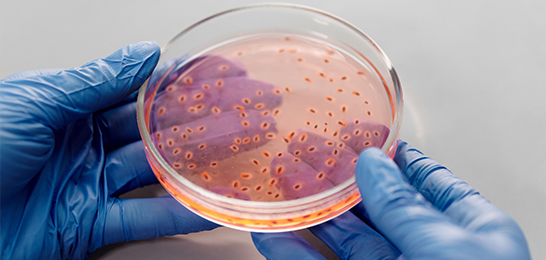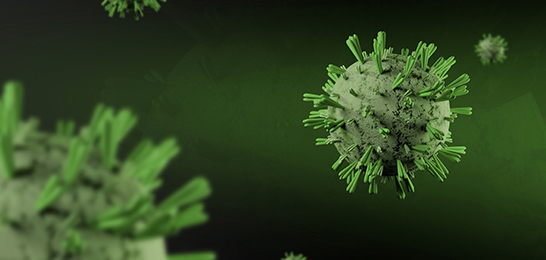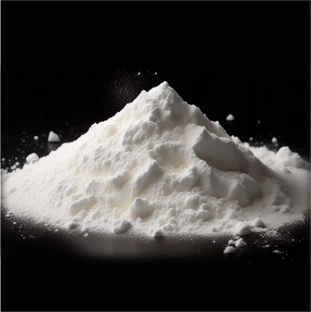Published Date: Nov 01 2022
Diabetes is a global chronic metabolic disease that requires lifelong treatment. Diabetes occurs when islet B cells are unable to produce insulin or do not produce enough insulin because of genetic or environmental factors. People with type I diabetes have lost their islet B cells, which degrade proteins and fats as alternative energy sources, and can easily lead to ketoacidosis. People with type 2 diabetes have insulin resistance, which gradually worsens as the function of the islet B cells decreases. Early type II diabetes patients will take exercise, control diet and eat oral hypoglycemic drugs, which are the main treatment methods. But with the development of the course of the disease, no matter type I diabetes or type II diabetes, insulin is one of the necessary treatment methods. At present, the three main long-acting insulins are insulin glargine, insulin detemine and insulin degludec.
1. Structural characteristics of insulin degludec
In islet B cells, endogenous insulin is present in the form of hexamer-bound zinc. When secreted, it quickly breaks down into biologically active monomers, which are quickly absorbed into the body for circulation, but not hamerers or larger polymers. This theory has been used to guide the development of insulin analogues that delay the absorption of exogenous insulin from the injection site. Insulin degludec is designed as a mixture of multiple hexamers. By changing one amino acid of human insulin molecule, namely removing the 30th amino acid of its B chain, a side chain of 16-carbon adipose acid is connected to the B29 position through a glutamic acid linker. In addition, phenol and zinc are added to the preparation of insulin degludec to make each hexamer interact with each other and combine to form stable polyhexamers, so as to achieve the purpose of slow release into the body circulation.
2. Insulin degludec is a drug for the treatment of type II diabetes
.jpg)
Insulin degludec is an ultra-long-acting basal insulin analogue obtained by removing the threonine at B30 and connecting a 16-carbon adipose acid to the lysine at B29 through an L-γ-glutamate linker. This unique molecular structure allows it to exist in the preparation in a stable soluble, dihexamer form prior to injection.
The mechanism of insulin degludec use is mainly as follows: after subcutaneous injection, with the rapid diffusion of phenol in the preparation, insulin degludec self-aggregates through the adipose acid side chain to form polyhexamers, and forms a reservoir at the injection site to play its hypoglycemic effect in a stable and lasting way. Thereafter, zinc ions gradually disperse, polyhexamers slowly dissociate and release monomers into the blood circulation through capillaries. The added adipose acid side chain is reversibly bound to plasma albumin, further slowing its diffusion to target tissues and blood circulation, so as to play its long-term hypoglycemic effect.
Gene-Biocon is one of the professional API raw material suppliers, providing insulin degludec of good quality at the best price. The insulin degludec has been approved by the China Medical Products Administration for clinical testing in December 2021 and has currently completed phase I clinical testing. We also focus on the quality production of bio-pharmaceutical raw materials, genetic engineering enzymes, cell growth factors, and wholesale cosmetic raw materials. Please contact us anytime for pricing and purchase information!






.jpg)

